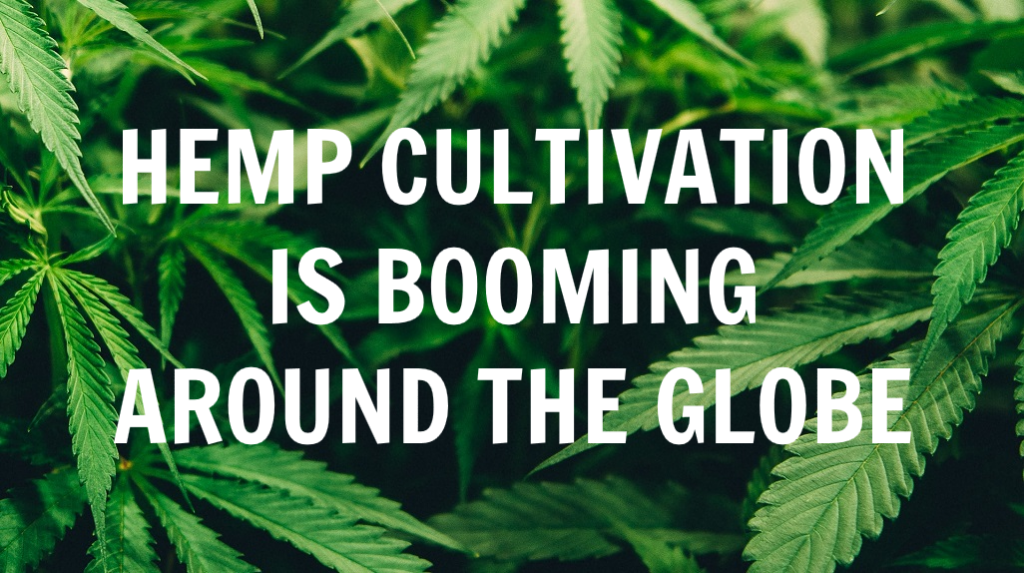There are several countries that are known to grow a significant amount of hemp, including China, Canada, and the United States.
China is currently the world’s largest producer of hemp, with an estimated 400,000 acres of hemp cultivation. Canada is also a major producer, with over 100,000 acres of hemp cultivation. The United States is rapidly expanding its hemp cultivation, with over 80,000 acres grown in 2019.
Other countries that are significant hemp producers include France, India, and the Netherlands. Hemp is also grown in smaller quantities in many other countries around the world.
Hemp is grown for various purposes, including:
- Fiber production: Hemp fibers are strong, durable, and have many uses, including textiles, rope, paper, and building materials. Hemp for fiber production is primarily grown in Europe, China, and Russia.
- Seed production: Hemp seeds are used for food, feed, and oil production. They are rich in protein, essential fatty acids, and other nutrients. Hemp for seed production is grown in many countries, including Canada, China, and Australia.
- CBD production: Cannabidiol (CBD) is a compound found in hemp that has potential health benefits, including pain relief and anxiety reduction. Hemp for CBD production is primarily grown in the United States, Canada, and Europe.
- Biofuel production: Hemp can be used to produce biofuels, which are renewable and sustainable alternatives to fossil fuels. Hemp for biofuel production is primarily grown in Europe and Canada.
- Medicinal and therapeutic uses: Hemp has been used for medicinal and therapeutic purposes for centuries. It is currently being researched for its potential use in treating a wide range of health conditions, including epilepsy, chronic pain, and anxiety. Hemp for medicinal and therapeutic uses is grown in various regions around the world, depending on the specific use.
The main difference between hemp and marijuana is their chemical composition and intended use. While they are both members of the cannabis family, hemp contains low levels of THC and is grown primarily for industrial uses, while marijuana contains high levels of THC and is primarily used for recreational or medicinal purposes. Hemp plants are typically taller and skinnier than marijuana plants, with narrower leaves and more widely spaced branches.
Hemp is still illegal to grow in some countries around the world, often due to its association with marijuana and confusion over the difference between the two plants. The cultivation of hemp is strictly prohibited in many countries including Saudi Arabia, Malaysia, Egypt, United Arab Emirates, and Singapore, where possession or trafficking of the plant can also result in severe penalties. Growing hemp is also illegal in South Korea, although imports of hemp products are allowed. In Russia, although it is allowed for certain scientific and industrial purposes, hemp cultivation is also illegal.

